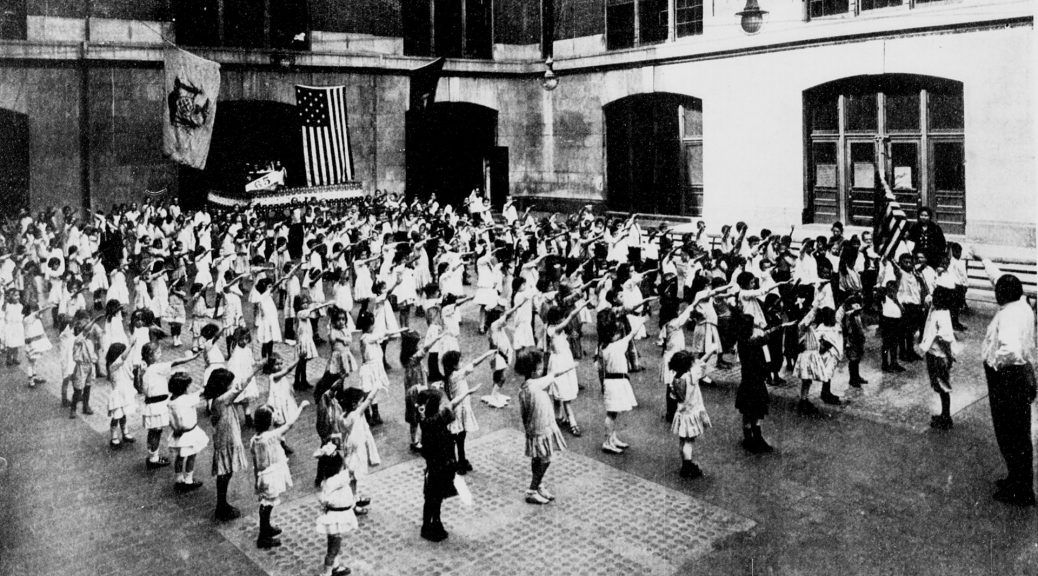
Princess Elizabeth’s Nazi Salute: Must We Know Everything?
Stiff-arm salute: a public interest?
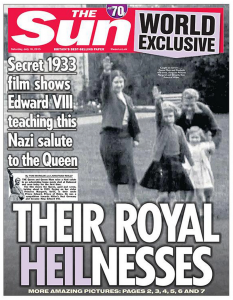 (Updated.) Claiming it was “historically relevant,” the Sun published a six-year-old Princess Elizabeth, coached by her mother the future Queen Elizabeth and her uncle the Prince of Wales (later Edward VIII, still later the Duke of Windsor) raising her arm in the stiff salute now identified with the Nazi Party. It was “in the public interest,” wailed the Sun.
(Updated.) Claiming it was “historically relevant,” the Sun published a six-year-old Princess Elizabeth, coached by her mother the future Queen Elizabeth and her uncle the Prince of Wales (later Edward VIII, still later the Duke of Windsor) raising her arm in the stiff salute now identified with the Nazi Party. It was “in the public interest,” wailed the Sun.
It was in the interest of selling newspapers. Buckingham Palace responded:
Most people will see these pictures in their proper context and time. This is a family playing and momentarily referencing a gesture many would have seen from contemporary news reels. No one at that time had any sense how the salute would evolve. To imply anything else is misleading and dishonest. The Queen is around six years of age at the time and entirely innocent of attaching any meaning to these gestures.
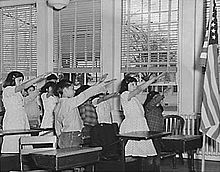 Quite so, and the stiff-armed salute lasted even longer in America, where schoolchildren used it in the Pledge of Allegiance from 1892 until 1942, when Congress amended the Flag Code. This was the so-called Bellamy Salute, conceived by the Christian Socialist Francis Bellamy. Is this really “historically relevant”?
Quite so, and the stiff-armed salute lasted even longer in America, where schoolchildren used it in the Pledge of Allegiance from 1892 until 1942, when Congress amended the Flag Code. This was the so-called Bellamy Salute, conceived by the Christian Socialist Francis Bellamy. Is this really “historically relevant”?
Purloined symbols
It’s not news that the then-Prince of Wales was empty-headed enough to think Hitler & Co. were fascinating rather than frightening. He was not the only one to think that way in the 1930s. His foolishness continued well into the war. The most ludicrous example I know of is his message in 1940 to President Roosevelt, asking if the FDR might offer to mediate an end to the war. The Duke would publicly support the offer, and said the English would rise up in revolt, forcing a peace.
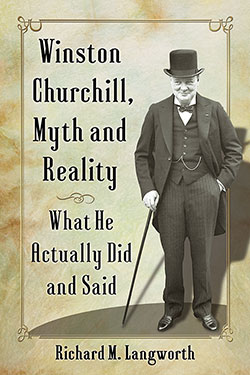
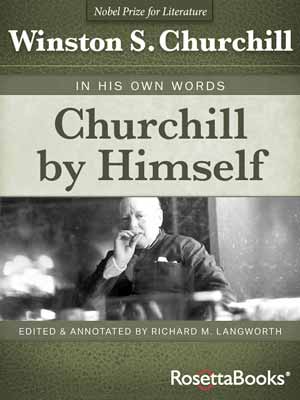
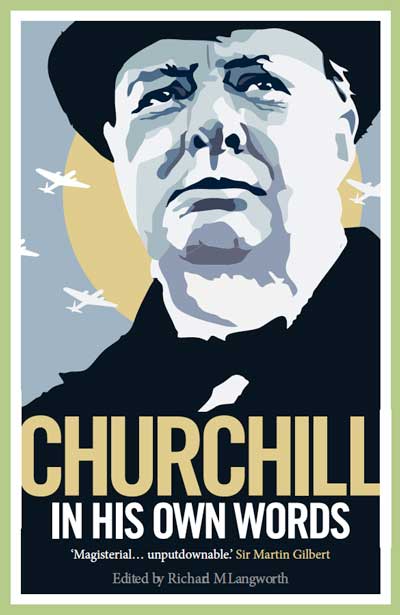
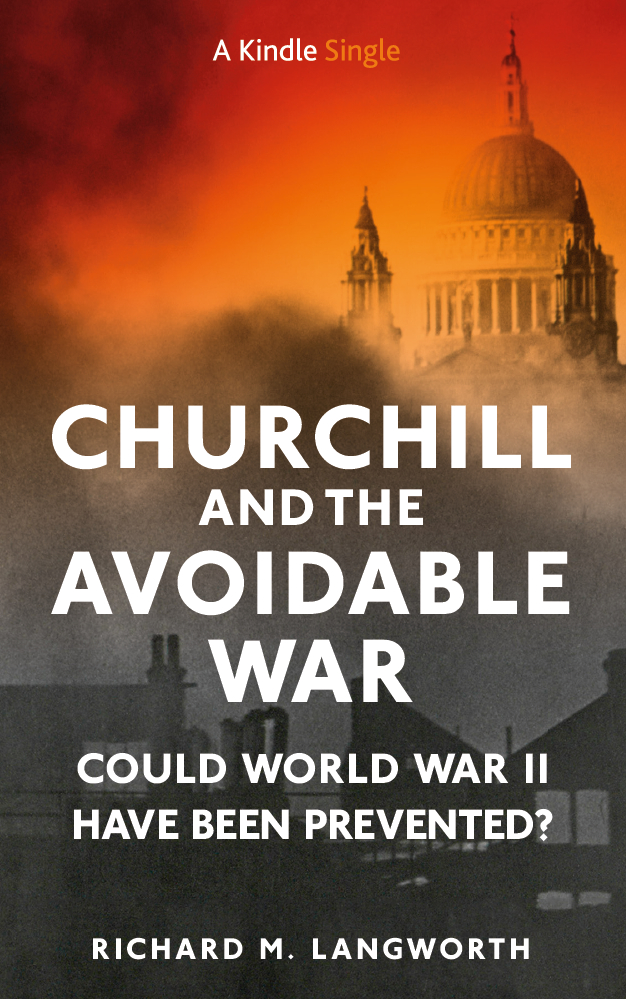
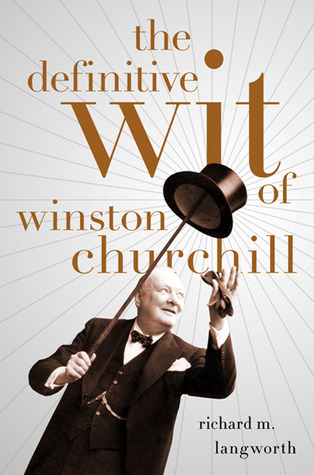


2 thoughts on “Princess Elizabeth’s Nazi Salute: Must We Know Everything?”
It’s always nice to see historical perspective, common sense, and respect for Queen Elizabeth II. Thank you. To the best of my knowledge the salute in question goes back to ancient Rome. “Hail, Caesar” morphed in the twisted mind of an untalented painter. When this non-story broke, the tabloids, anti-monarchists, and hysterics all ignored English humour. Deflating self-importance by mockery and laughter fortunately seems to be part of British DNA: on the Home Front and abroad it helped keep us fighting. It was completely normal at that time for people to satirically mimic gestures antithetical to everything British. To outsiders it can sometimes seem strange, but it works, and if editors and snowflakes had to see their own home films and photos from the era plastered everywhere they’d be in for a few surprises. Thank you again for this excellent website. Your hard work is very much appreciated.
For me Queen Elizabeth II will always be the most complete and competant British monarch. I respected and cared for her for her entire reign. When I became a Canadian citizen and served in Canada’s armed forces, I pledged my allegiance to her. This incident with the salute must simply be dismissed.
Comments are closed.